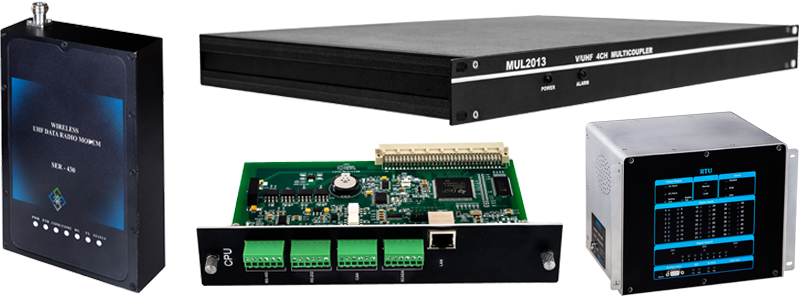Sustainability, efficiency and responsibility
Generating and using energy intelligently
Energy production and consumption are defining issues of our time - often indirectly through
the overriding issue of climate change, but of course always unspoken as a core issue.
Whether one is convinced of the energy turnaround or not, what everyone has in common is the insight that our use of energy must become more
far-sighted. Energy production must once again become simpler, cheaper and yet more environmentally friendly - the transport and distribution
of energy more efficient and also more flexible. In a technological and industrial nation like Germany, however, the security of energy supply
must always be guaranteed without exception.
Whether renewable energies (photovoltaics, wind power, geothermal energy), conventional power plants or the energy industry - Geotechtronics
GmbH is a reliable and multidisciplinary partner in questions of energy production, energy management and efficient energy consumption.
With comprehensive concepts, we find cost reduction potentials and synergy effects for both energy producers and large industrial consumers.








